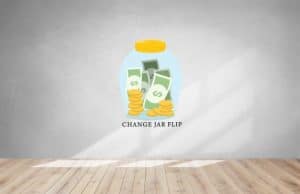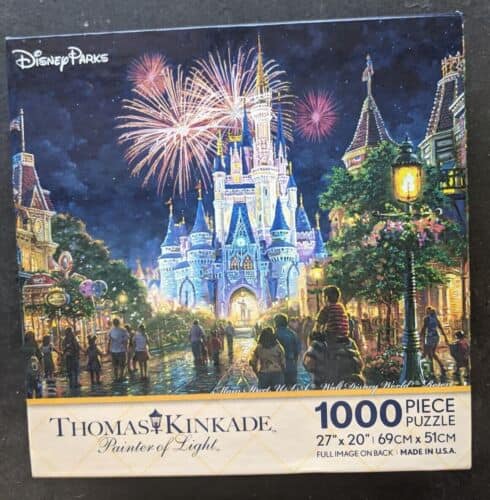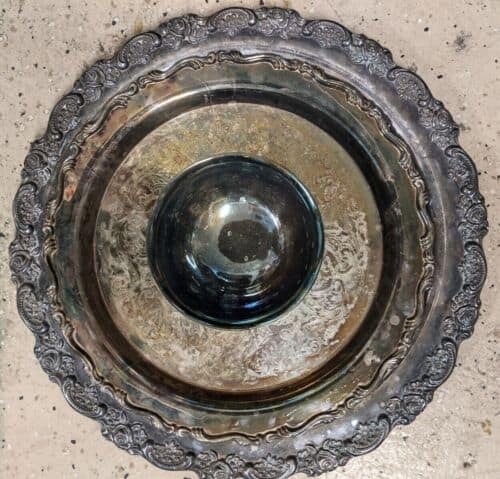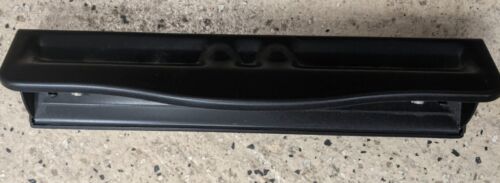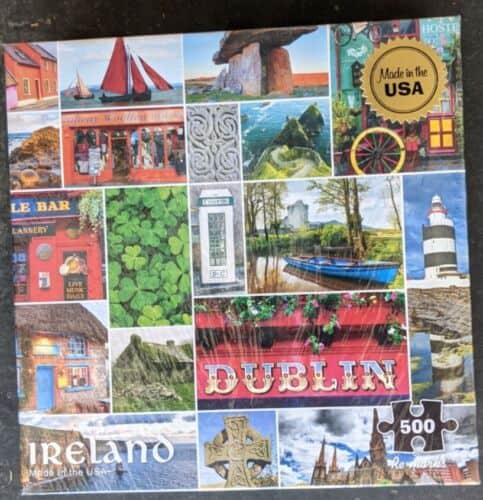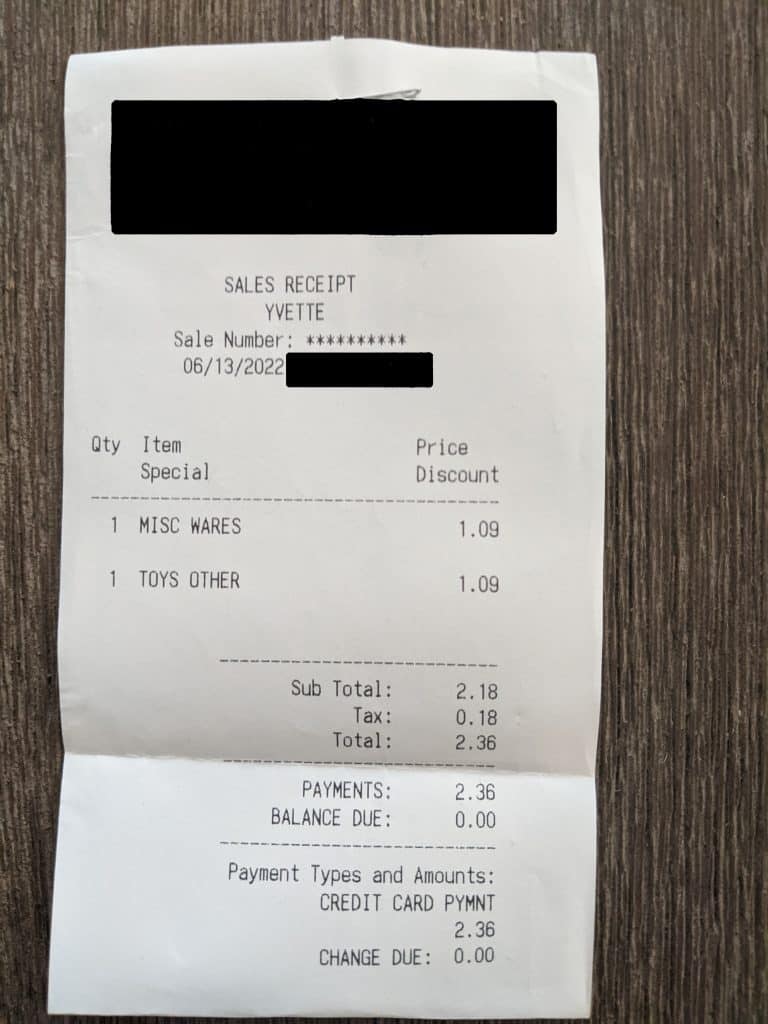When the first item sold on July 31st an unexpected thing happened after I made my purchases to reinvest in flips. The item got more bids and sold for more than my initial amount I had as a starting bid on Ebay. This meant I needed to invest $1.25 to be fully invested. I was at the grocery store on August 3rd and wondered over to the toy section to see if I could find something in this price range. I found two Hot Wheels for $1.05 each with tax. I decided to buy both because I could package them together as one item and double the amount invested easier. The cost of shipping would not change much with items this light and gives me a better chance of selling. I think this strategy will work well on smaller items and help to make resell items move faster than listing only one Hot Wheel at a time. Both Hot Wheels were on sale and would have normally been $4.99 each, but you can find things like this very often if you take a couple of minutes to look in most stores. Total inventory amount is at $44.75 right now and I am over invested again slighty based on these purchases, but am good with the amount because it is not much more than I could find in change in my car. The over invested amount is $1.29. I have 16 total listings for sale, but 17 items because I am putting the Hot Wheels as one listing. I will update again when there is another sale. I am going to guess it will still be in the 30 to 60 day range for another sale.
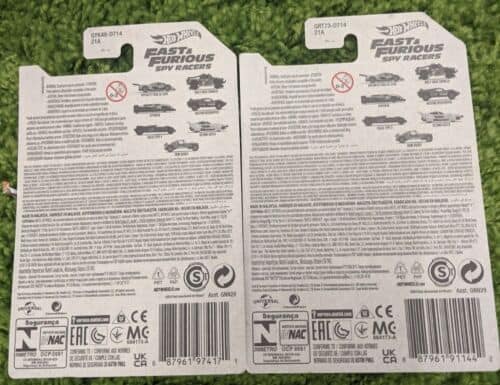
Current Inventory and Cash
| Item | Cost | Date Purchased | Sold | Profit |
| Autumn Puzzle | $1.18 | 6/13/22 | ||
| Bridge Puzzle | $1.18 | 6/13/22 | ||
| Ireland Puzzle | $3.45 | 6/27/22 | ||
| NFL Puzzle | $2.37 | 6/27/22 | ||
| Globe Puzzle | $.60 | 6/29/22 | ||
| Animal puzzle #1 | $1.18 | 6/29/22 | ||
| Animal puzzle #2 | $1.18 | 6/29/22 | ||
| Music Album puzzle | $1.18 | 6/29/22 | ||
| Iowa Puzzle | $1.18 | 6/29/22 | ||
| 3 Hole Punch | $1.18 | 6/29/22 | ||
| Biscuit | $7.03 | 6/29/22 | ||
| Silver Plated Vase | $4.64 | 7/20/22 | ||
| Serving Dish and Bowl | $9.29 | 7/20/22 | ||
| *Antique building Puzzle- | $4.64 | 7/25/22 | ||
| *Star Wars Puzzle | $2.37 | 7/25/22 | ||
| *2 Hot Wheels | $2.10 | 8/3/22 | ||
| Cash | -$1.29 | Over invested | ||
| Total inventory amount | $44.75 |
